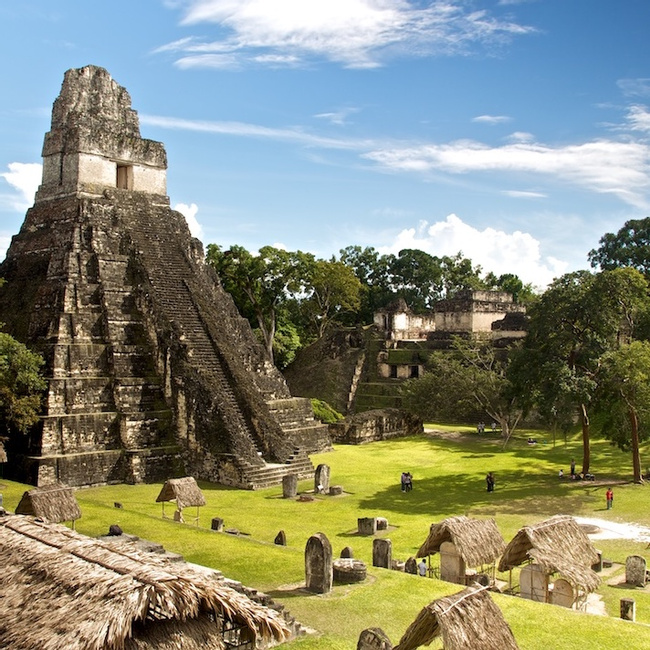What Is The Landscape of Guatemala Like?
Guatemala has an impressive and varied landscape. A string of volcanoes extend down the center of the country, many of which are active. In fact, the Tajmulco Volcano, at 13,845 feet (4,200 m) is the highest peak in Central America. Many of these volcanoes, like the ones near Antigua and Guatemala City, can also be climbed.

The highest mountain chain in Central America, the Sierra de los Cuchumatanes, extends from Mexico into Guatemala. There's also another mountain chain, the Sierra de Las Minas, that's found in the eastern reaches of Guatemala. Petén is mostly lowland areas.
Rainforests are found in many places, particularly in Petén and the Central Highlands. Guatemala has a number of beautiful lakes, most notably Lake Petén Itzá and Lake Atitlán. And if you're a fan of the coast, you can find some nice beaches on both the Pacific Coast and Caribbean Coast.
Related Questions
- Where Is Guatemala?
- Is It Easy to Get a Sunburn in Guatemala?
- What Time Is It In Guatemala?
- What Is The Weather Like in Guatemala?
- How Big Is Guatemala?
- Are There Hurricanes or Earthquakes in Guatemala?
We believe travel is more than ticking destinations off a list – it’s about discovering new places deeply, feeling connected wherever you go, and knowing you have a trusted team behind you every step of the way.



